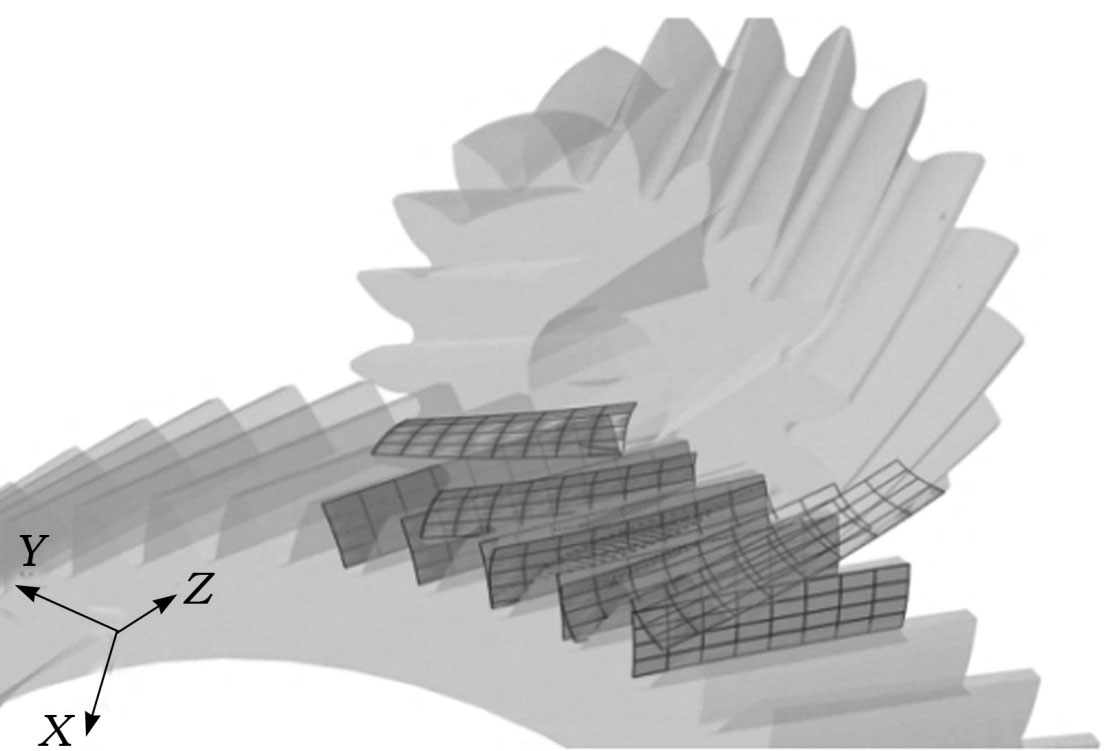Multi-objective optimization design is a method used to optimize the performance of a system or component by considering multiple objectives simultaneously. In the context of helical gear transmission, multi-objective optimization can be applied to the design of geometric parameters, such as module, pressure angle, helix angle, and face width, to achieve optimal performance.

The primary objectives for optimizing helical gear transmission may include:
- Minimizing the transmission error: Reducing the transmission error can lead to smoother operation, less noise, and reduced vibration.
- Maximizing the load-carrying capacity: Ensuring the gear can handle high loads without failure is essential for reliable operation.
- Minimizing the size and weight: Smaller and lighter gears can contribute to more compact and efficient systems.
- Maximizing efficiency: The efficiency of the gear transmission directly affects the overall performance of the system.
- Minimizing manufacturing costs: Reducing manufacturing costs can help to make the final product more competitive in the market.
To perform a multi-objective optimization design for helical gear transmission, follow these steps:
- Define objectives: Clearly state the objectives you want to optimize, such as minimizing transmission error, maximizing load-carrying capacity, or maximizing efficiency.
- Establish constraints: Identify the constraints that must be satisfied, such as allowable stress levels, manufacturing tolerances, and material properties.
- Develop a mathematical model: Create a mathematical model that represents the relationships between the geometric parameters and the objectives.
- Select an optimization algorithm: Choose an appropriate multi-objective optimization algorithm, such as the Non-dominated Sorting Genetic Algorithm II (NSGA-II), Multi-Objective Particle Swarm Optimization (MOPSO), or Multi-objective Evolutionary Algorithm (MOEA).
- Solve the optimization problem: Apply the chosen optimization algorithm to the mathematical model to find the optimal solutions for the geometric parameters.
- Analyze the results: Evaluate the trade-offs between the objectives and select the most suitable solution based on the specific application requirements.
- Validate the design: Perform finite element analysis (FEA) or other validation methods to ensure the optimized design meets the desired performance criteria.
By using multi-objective optimization in the design of helical gear transmission, engineers can balance the competing objectives to create a more efficient, reliable, and cost-effective gear system.
